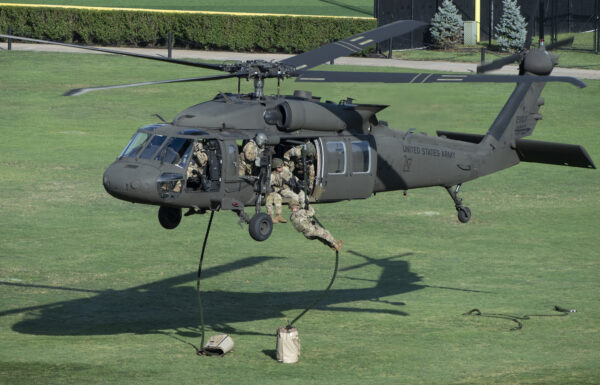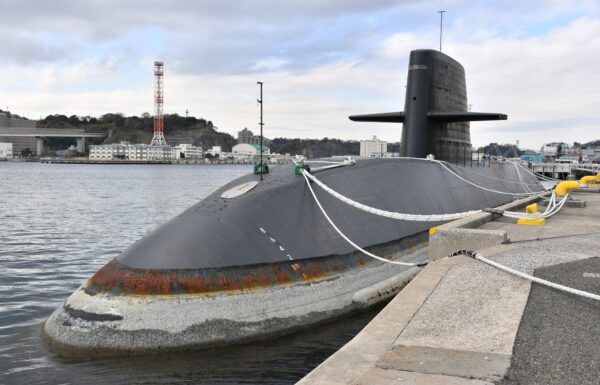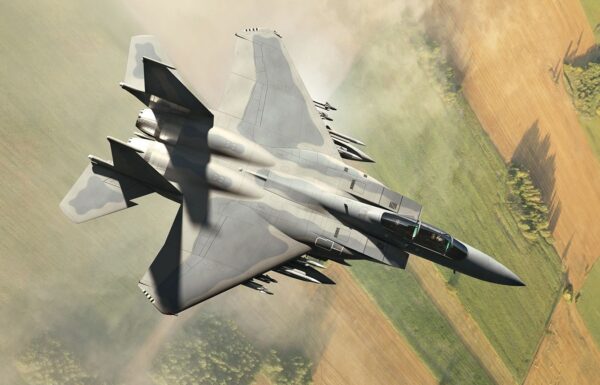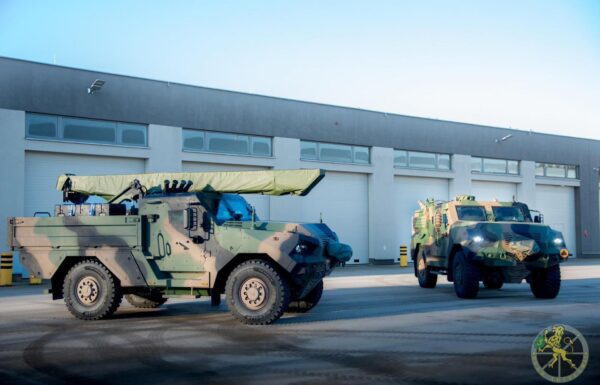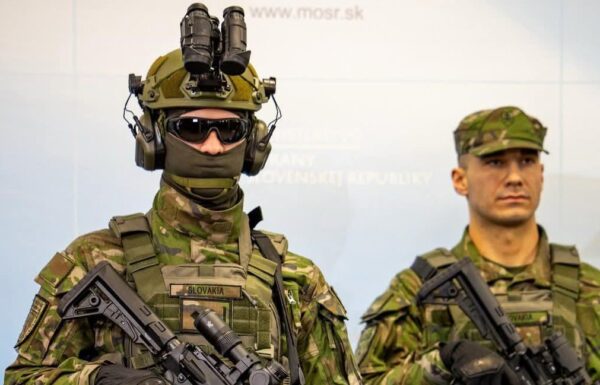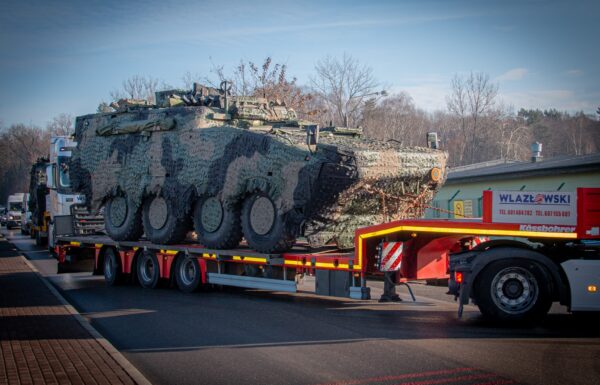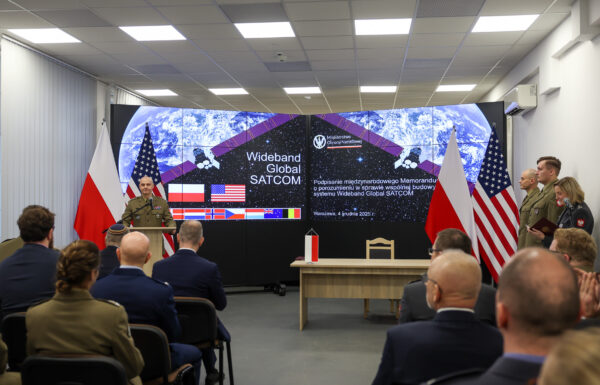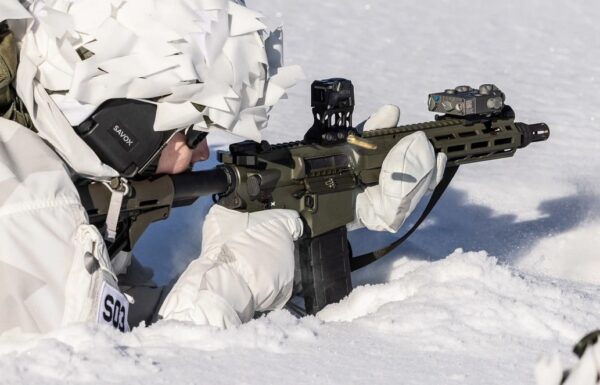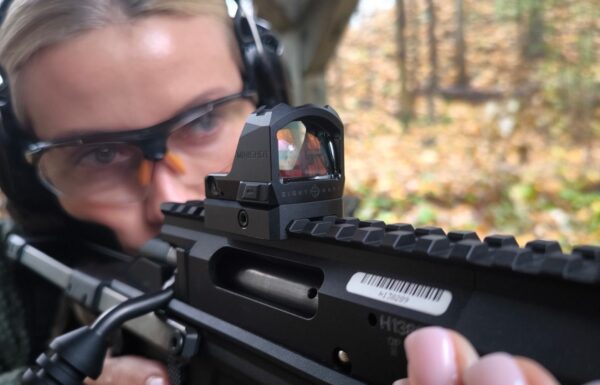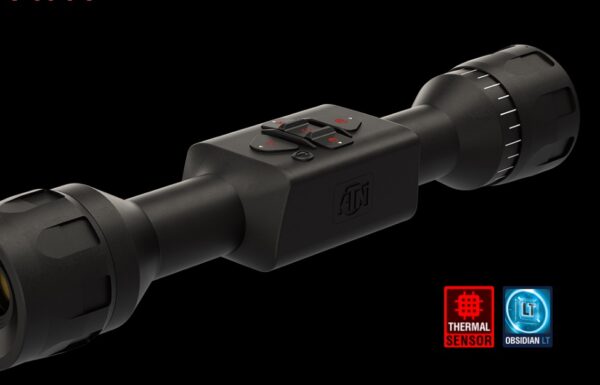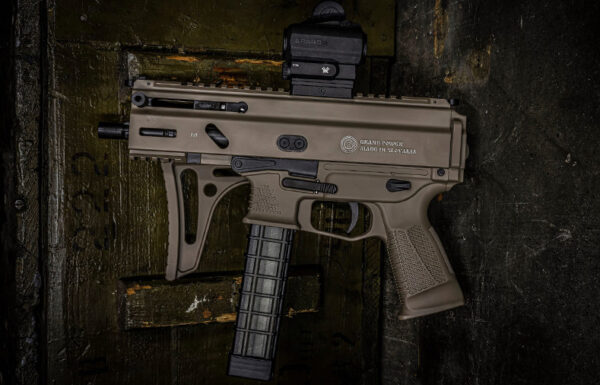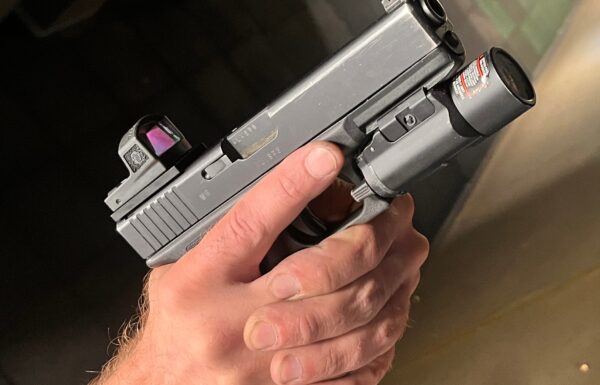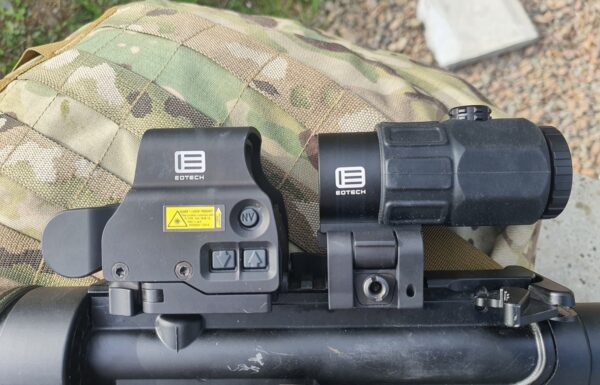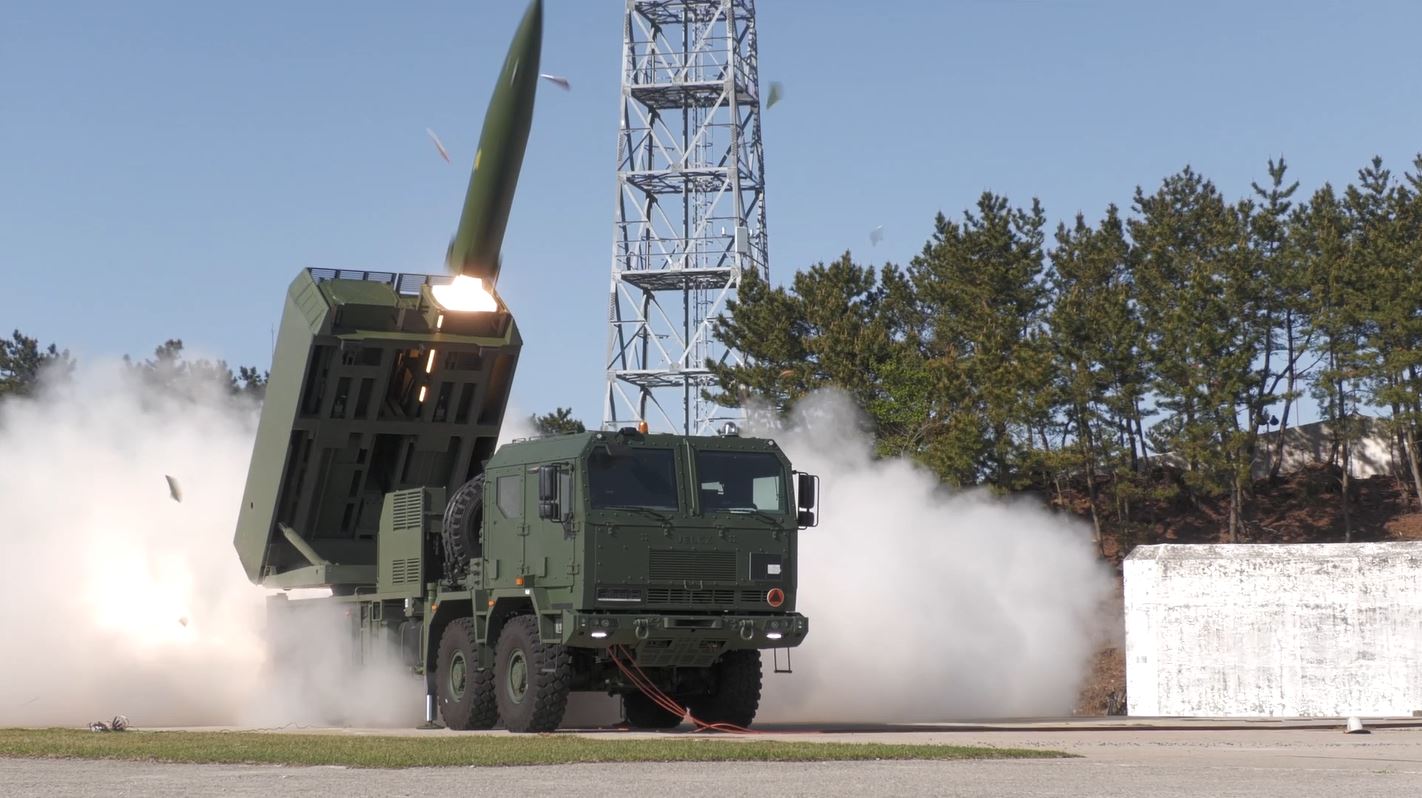On Monday, August 19, 2024, the South Korean newspaper Hankyung was the first to report, citing sources in the Ministry of Defense, that earlier in the month, the Office of the President of the Republic of Korea convened a National Security Council meeting, during which preliminary approval was given for the export of ballistic missiles for the K239 Chunmoo multiple rocket launcher system, with an increased range of up to 500 km, at the request of a user from the Middle East.
“There was a request from one of the Middle Eastern countries to address the issue of the range of ballistic missiles used in multiple rocket launchers,” the newspaper’s source reported.
It is no secret that the only users of the K239 Chunmoo in the Middle East are the United Arab Emirates (which received 8 out of 12 ordered systems by 2021) and Saudi Arabia (with at least one rocket battalion). However, only Poland has decided to purchase ballistic missiles for its launchers. On April 25 of this year, the Polish Homar-K launcher test-fired the CTM-290 ballistic missile, which has a range of up to 290 km, for the first time (previously, on January 11 of this year, the missile was launched from the original K239 Chunmoo launcher).
On May 21, 2021, the United States lifted all existing limits on South Korea’s development of missile weaponry. However, this applies only to their own missile capabilities.
The Republic of Korea Air Force (Daehanminguk Gong-gun, ROKAF) possesses an arsenal of Hyunmu-2B ballistic missiles with an extended range from 300 km to 500 km, and Hyunmu-2A (300 km) with 1,000-kilogram warheads, while Hyunmu-1 (180 km, 500 kg) remains in reserve. Currently, the Hyunmu-4, with a range of 800 km and a warhead weighing over 2,500 kg, is under development. The ROKAF also has American MGM-140 ATACMS Block I (165 km) and Block IA (300 km) ballistic missiles in its inventory.
It’s different in the case of exports. They are subject to the restrictions of the Missile Technology Control Regime (MTCR) agreement from 1987, of which the Republic of Korea has been a signatory since March 2001 as the 33rd member. According to its provisions, there is a ban on the export of missiles with a range exceeding 300 km if the warhead weighs 500 kg.
Because the latest Hyunmu family missiles cannot be exported and are launched from heavy launchers, lighter missiles have been developed for the K239 Chunmoo. Since export users are requesting greater combat capabilities for their launchers amid tensions in the Middle East, South Korea aims to increase the range of export missiles at the expense of the warhead’s weight.
With the preliminary approval from the National Security Council, it is expected that the Defense Acquisition Program Administration (DAPA), which is also responsible for the export of military goods, will soon grant final approval for the changes related to the export of ballistic missiles. Based on this, domestic defense industry companies are expected to begin work on increasing the range of systems intended for export.
Kim Min-seok, a researcher at the Korea Defense Security Forum, told Hankyung:
“In the future, improved missiles with an increased range will be produced and exported by reducing the warhead’s weight. This will also be a response to the KN-23 short-range ballistic missiles with a range of 900 km that North Korea exported to Russia. The export of long-range missiles from our country may also become possible.”
However, some experts believe that this decision may conflict with the interpretation of the provisions of the MTCR agreement. Reports suggest that the government has decided to circumvent this by applying specific regulations.
A Ministry of Defense official explained to reporters:
“In the case of Category 2 missiles, such as missiles for multiple rocket launchers, the control standard is based on the intent of the importing country. If the importing country states, ‘We are not importing the weaponry for weapons of mass destruction purposes,’ it may bypass the regulations.”
It’s important to consider the political implications of this decision. If the request to increase the missile range comes from the Saudis or Emiratis, it could enable them to target locations in Iran. It’s likely that Russia will express dissatisfaction with this, but as mentioned, North Korea has supplied Moscow with KN-23 missiles for the war against Ukraine. Additionally, it’s possible that South Korean missile weaponry could eventually be supplied to Ukraine, as Seoul is currently considering changing its policy on not sending weapons.
https://twitter.com/KDefenseInsight/status/1825911406572515605


